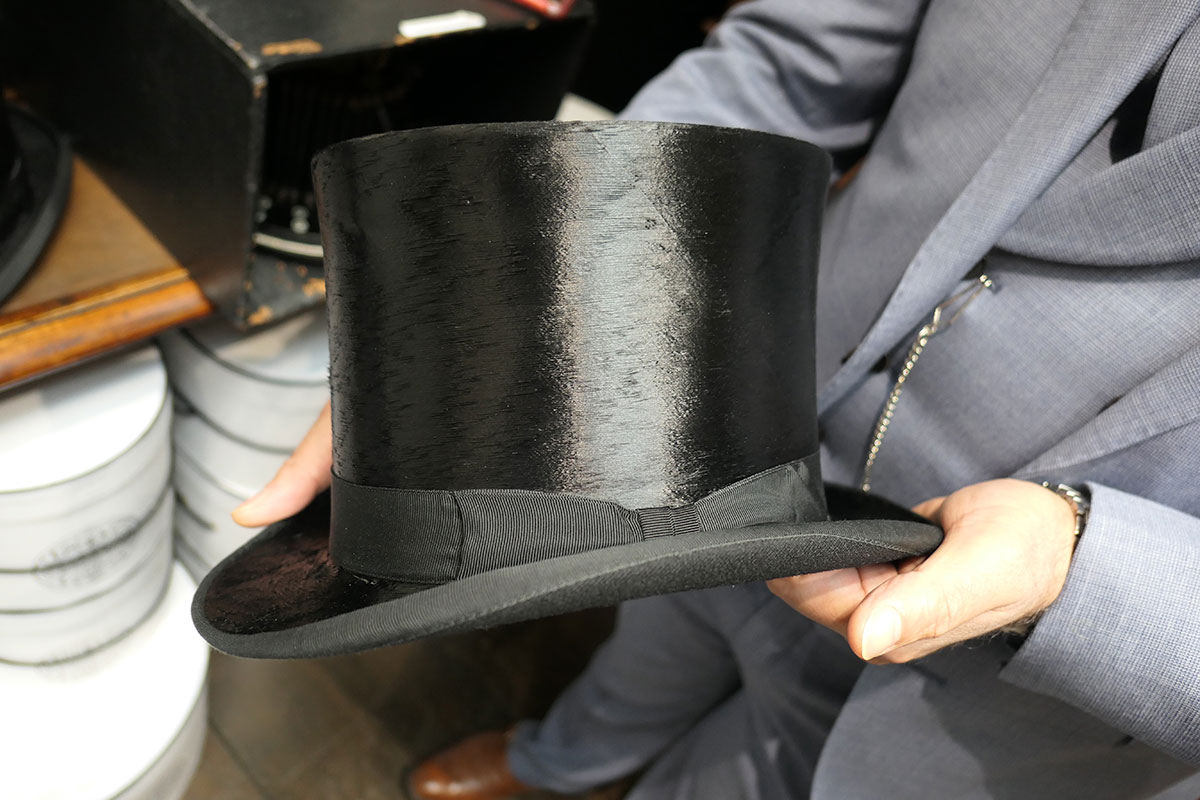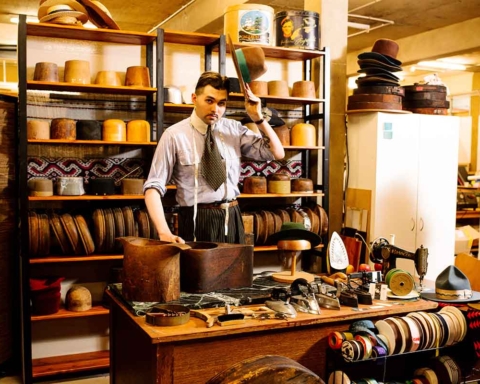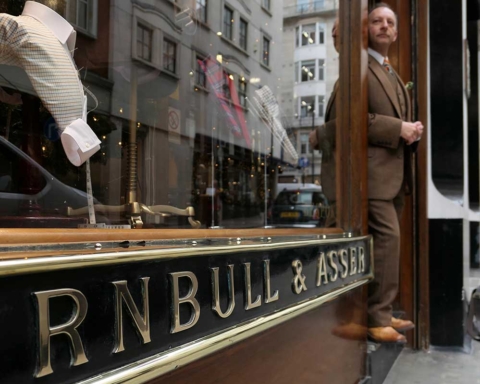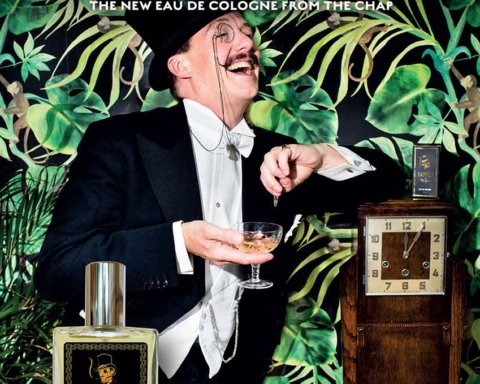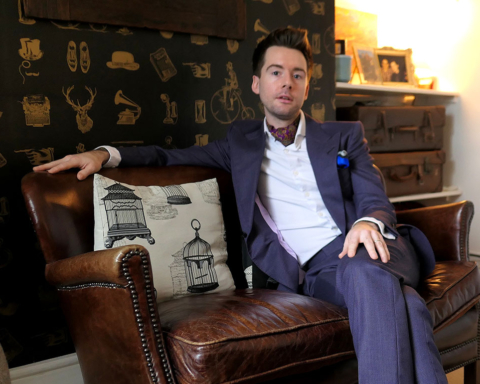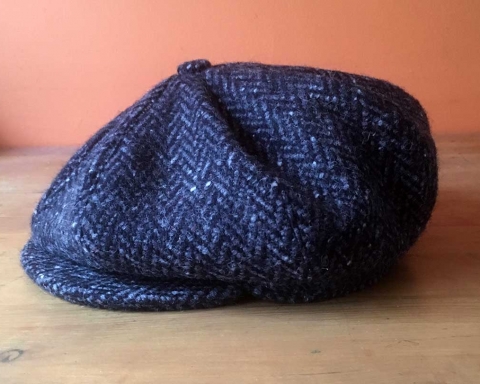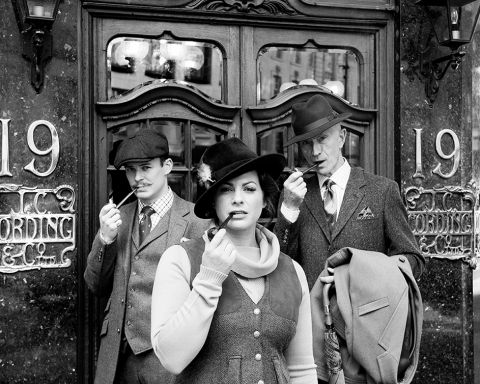Gustav Temple visits Master Hatter Jayesh Vaghela at Lock & Co to have his original Edwardian top hat restored.
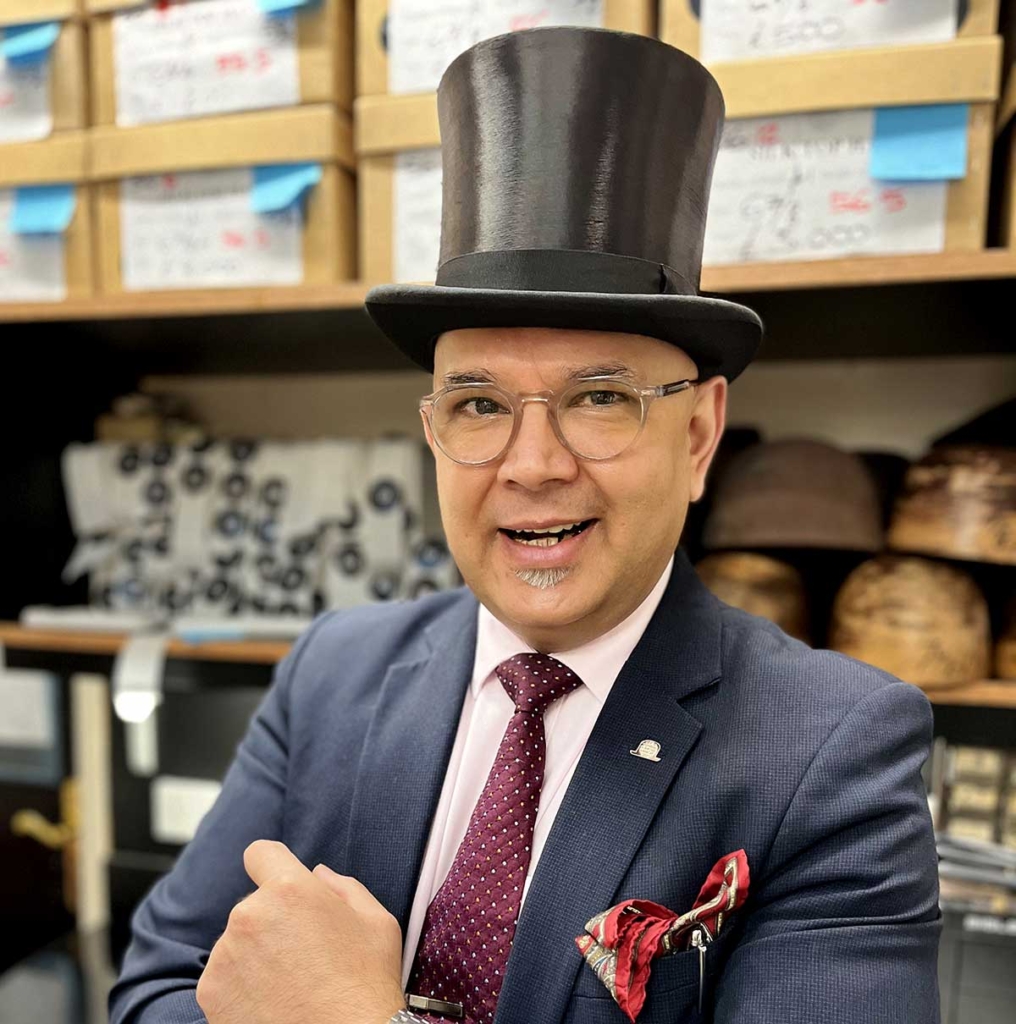
Where do you start when restoring an original Edwardian top hat such as mine?
The first thing I do is give it a good clean, using plain old tap water. One of the main reasons for the initial clean, as well as removing dust, dirt, cobwebs etc, is to ensure the plush is fully healthy with no bald patches, and also to see whether there is any damage to the shell underneath the silk plush.
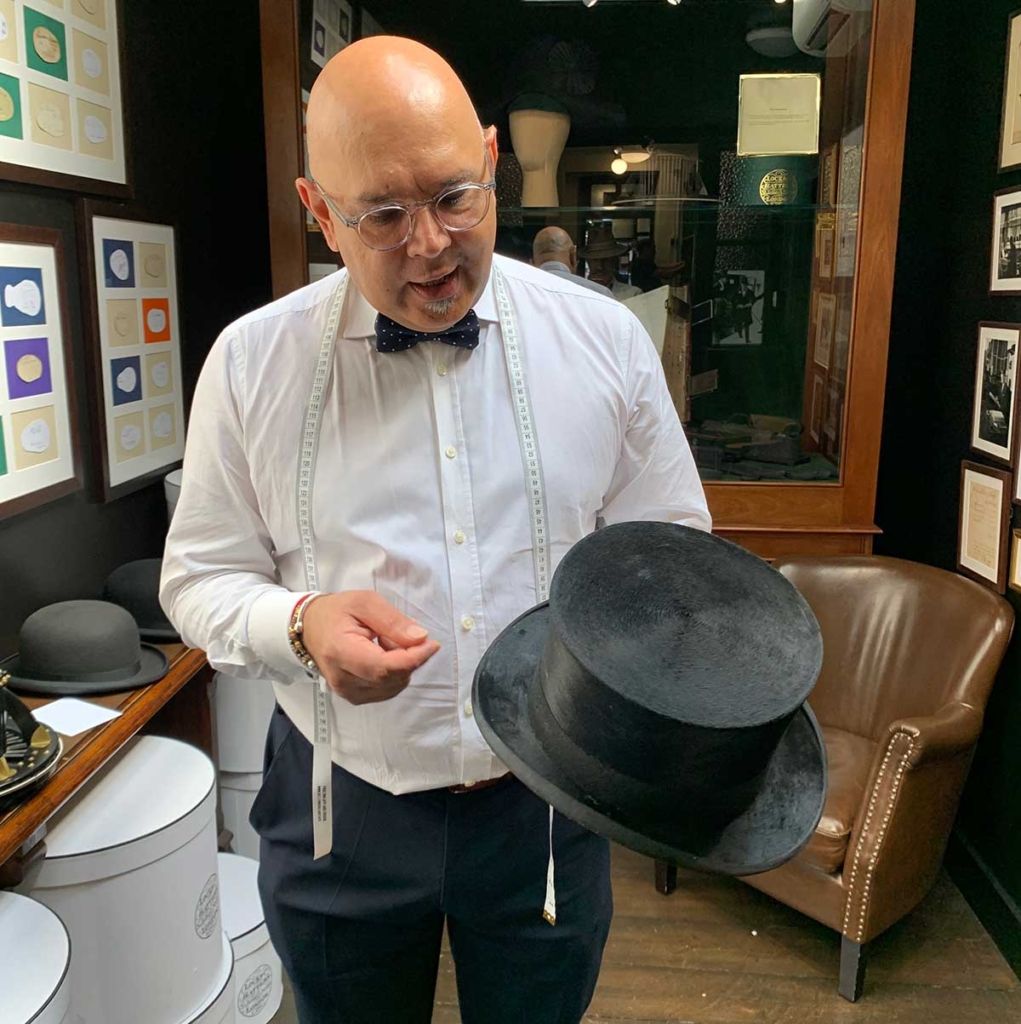
What’s that shell made of?
It’s made of fine cheesecloth and layers of shellac called gossamer. In this case, there is no damage to it whatsoever, otherwise we would have had to take the hat through a reblocking process. However, had there been any damage to the plush itself, the hat wouldn’t have been suitable for restoration anyway.
Why is the original silk plush so difficult to replace?
All the silk plush currently in circulation was produced on a single loom in a factory in Lyon, France, in the 19th century. The story goes that one of two brothers inherited the factory, and out of spite, the other brother burnt down the entire factory in the late 1950s.
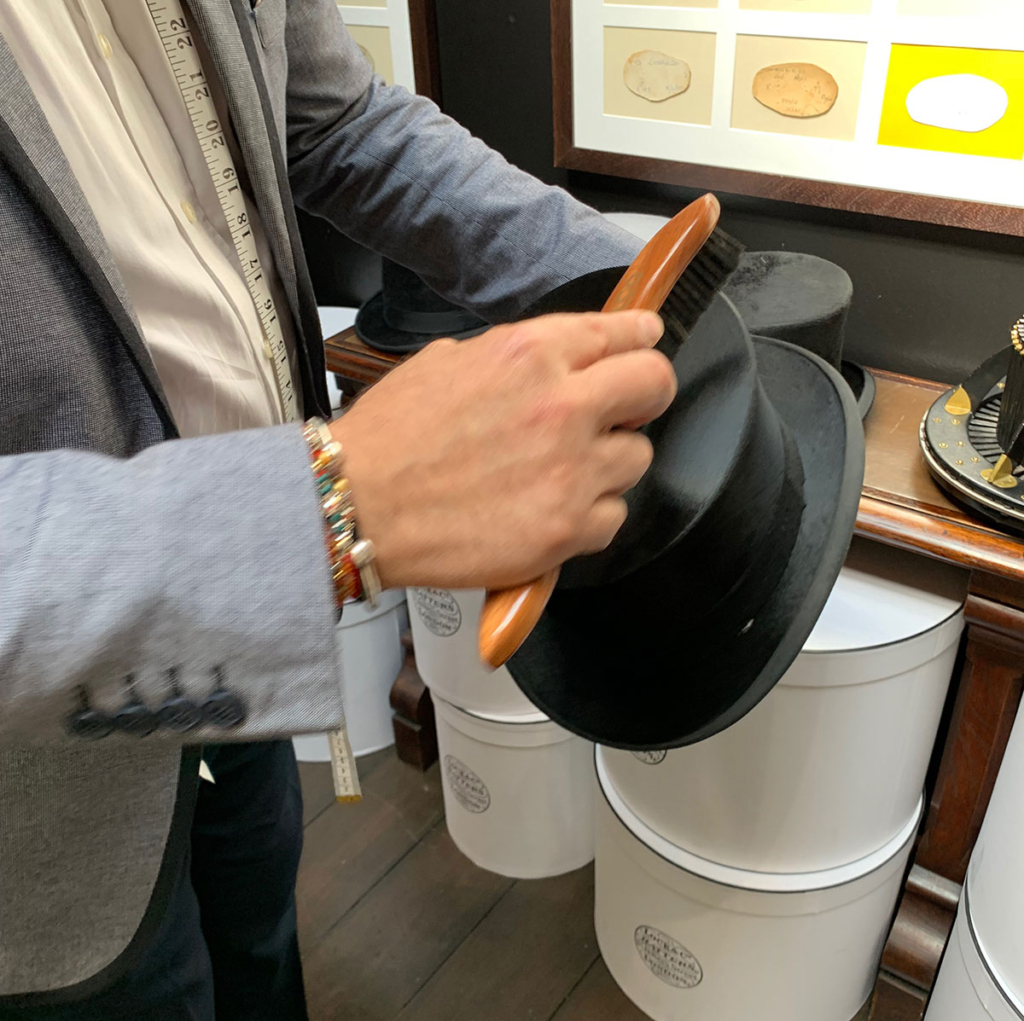
Why can’t somebody else create a new loom to produce more of this silk plush?
That was the only place in the world that made silk plush and nobody else knew how to do put it together. The whole knowledge, the whole record, the idea behind this plush, was destroyed. The top of the crown, as you can see, starts in the centre and spirals out to the edges anticlockwise. There would have been two looms at this factory, one for the crown of the hat and one for the sides.
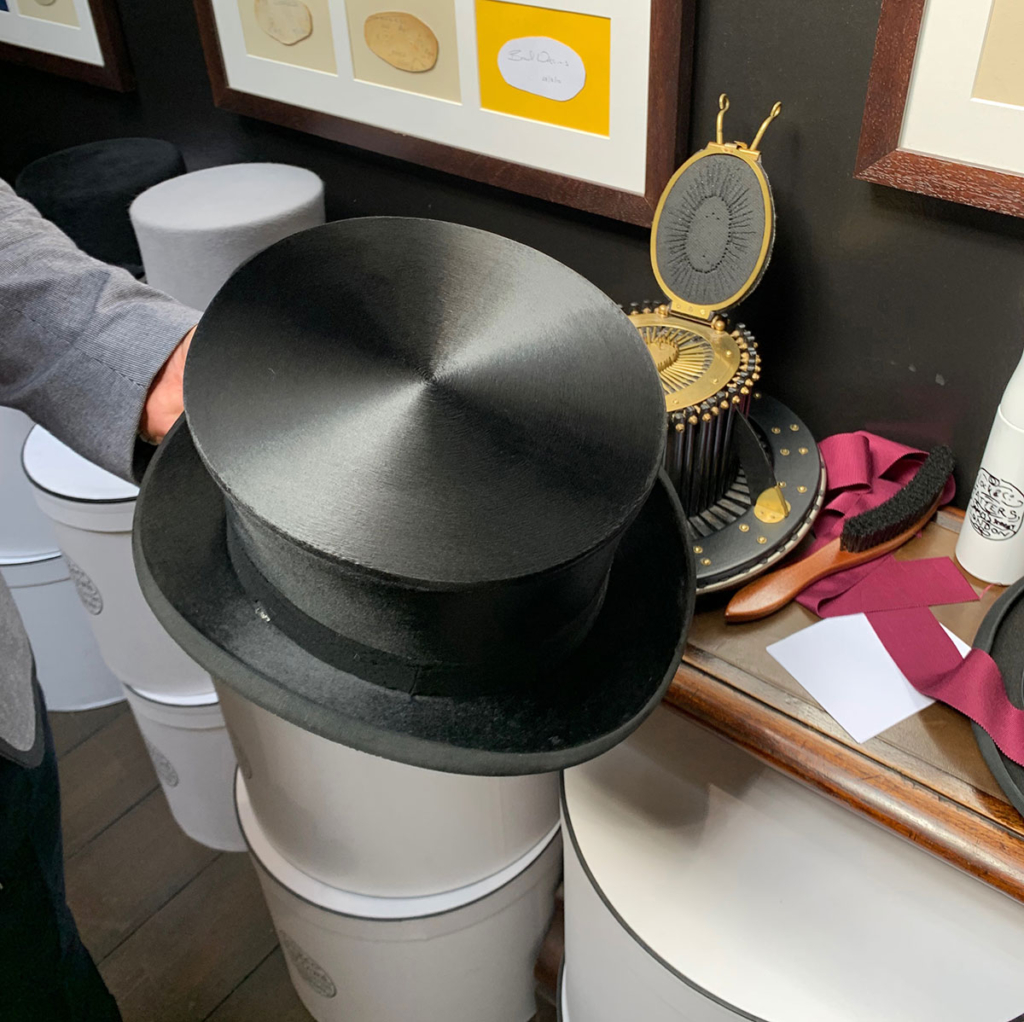
Have Lock & Co ever tried to find someone to reproduce this peculiar process?
About ten years ago, we came across ten metres of what appeared to be the right kind of hatter’s plush. The sheen was immaculate, but when we took a closer look, we saw that the filaments were not long enough. They were closer to a velvet and too short for one of our top hats.
Can’t you just take apart an old top hat beyond repair and have the silk plush copied?
We have tried that, by lifting a piece of plush and taking it to a fabric expert at a university. They scanned it and they could see how the plush was put together, but they could not work out how to reproduce the process. They can zoom in very close and see that the filaments of the fibre interweave in a loop, but the way it’s laid in cannot be done by hand.
So how did you come to be a master hatter at Lock & Co?
My degree was in visual arts. After working for the likes of Fenwicks in retail, I entered Lock as a retail manager fifteen years ago. Just to find myself working for Lock was an honour. I love meeting new people and Lock’s clientele comes from all over the world.
What’s your favourite hat, of all the ones you own?
My favourite hat is a top hat, but unfortunately one cannot wear one every day. There is Royal Ascot, of course, but we are so busy during those periods that we cannot leave the shop to attend the event.
So far you’ve given my top hat a good clean, but what’s the next thing you have to do?
Having cleaned it, I now know that the plush is immaculate. Next I have to address the mourning band, which is now more visible. I can immediately see that there have been plenty of moth visitors. When these hats were made – this one in the early 20th century – they always had a crossgrain ribbon with a bow on the left hand side. When Queen Victoria was mourning Prince Albert, they changed it to a plain black mourning band, made of wool. From then on, every hat was fitted with a mourning band. But when we renovate, we go back to the original tradition of the crossgrain band with a bow, with the back end of the bow tucked in.
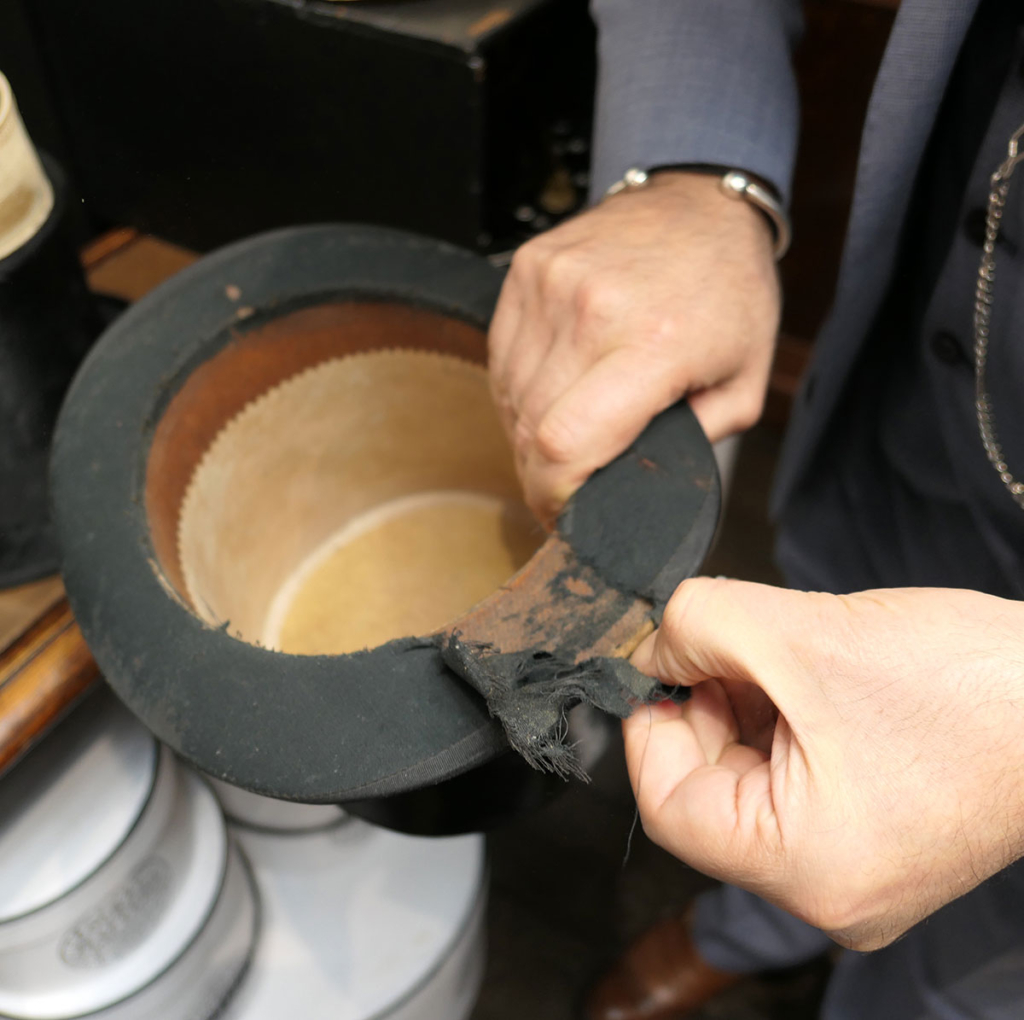
And so the lining. We will lift out the white leather inside band first. You can see that moths have got in here as well and there is fading on the leather. When we do a full renovation, we want the life of the hat to continue for at least another hundred years. We’ll replace it with a new leather band, which we source from our neighbours, bootmaker John Lobb. They supply us with the fine leather used in the lining of their shoes. In all our renovations we use Lock’s signature green leather sweatband, although the leather used in our new hats comes from elsewhere than Lobb. Then to the white lining, which formerly was made of silk, but we use acetate because it’s much more durable. Then we apply the Lock & Co logo into the crown, which hasn’t changed since Lock was established in 1676.
How long does the whole process take, to get a hat like mine to a finished and saleable condition?
It’s done in stages. The first stage, where I strip the entire hat, takes about half a day. Behind the silk lining there is a layer of paper, separating the silk from the shellac of the hat’s shell. Let’s unpick it now so I can show you.
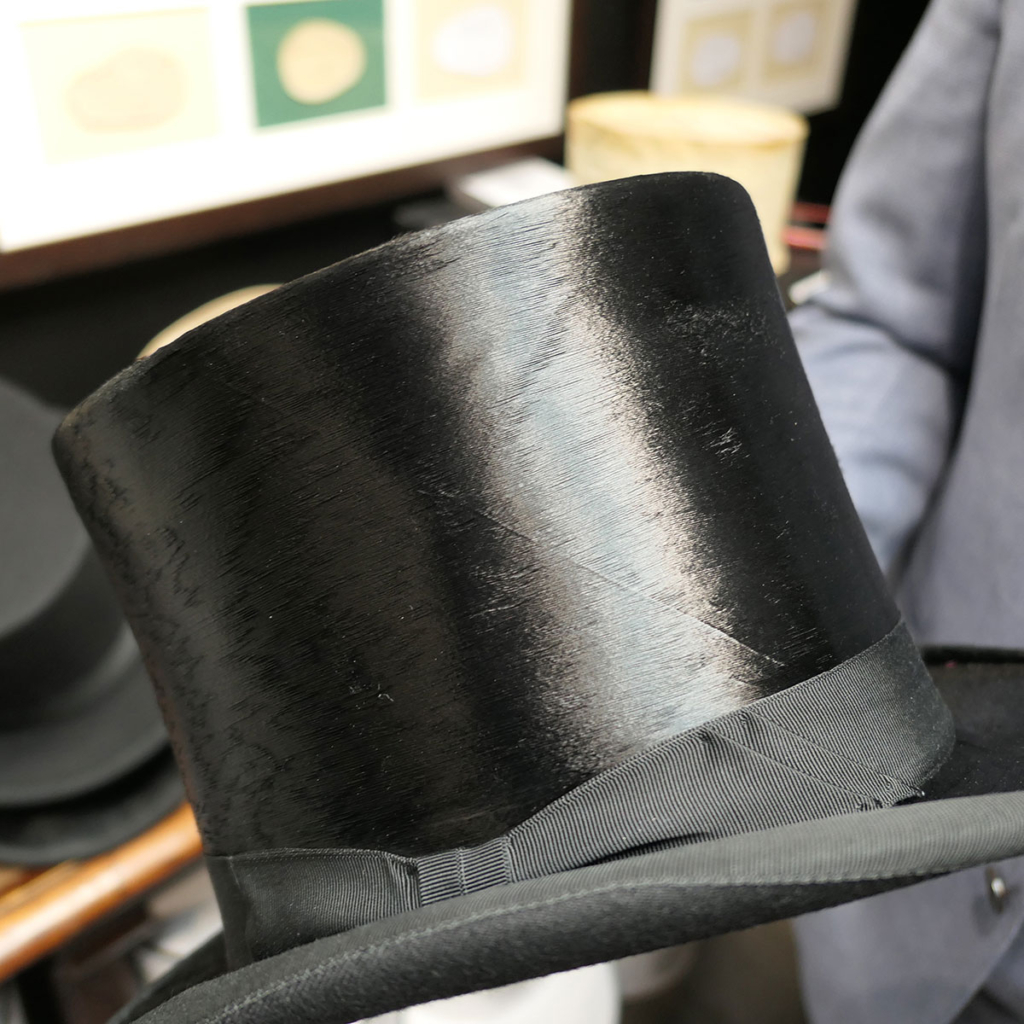
Before you did this job, who was doing it before you?
I am actually the first master hatter at Lock & Co. Before that, one of the hatters at the shop would have done this kind of restoration. They taught me how to do it, so the skills get passed on. Unfortunately, unlike tailoring, there isn’t an apprenticeship you can do in restoring hats. You can only study millinery. As far as I know, we are the only hatters who offer a full restoration service. So that’s the leather coming away. You can see the paper behind the silk, not glued on but just placed there. There’s the gossamer backing, with a kind of coating. They all vary on the inside, according to who did the work in the first place. Here you can see the handwritten numbers saying what kind of hat it was, the hat’s size, the batch number and the initials of who worked on it. Now you can see how the lining stuck on the shellac itself. I’m looking to cut the stitching to release it properly. I have to be extremely careful in pulling this out, as it could easily get damaged permanently.
When it’s all put back together again, who has to do all the restitching?
Me. I’ll do every process in the whole restoration. The band is stitched to the hat itself, as well as the bow, which is held in place with just a couple of stitches.
So what will happen if someone brings it in to have it rennovated again?
Hopefully I’ll still be here, so I’ll know how it was done and can reproduce it.
What if it’s in a hundred years?
Well, let’s hope these skills are passed on to future generations of hatters.
Lock & Co, 6 St James’s Street,
London SW1A 1EF
www.lockhatters.com

